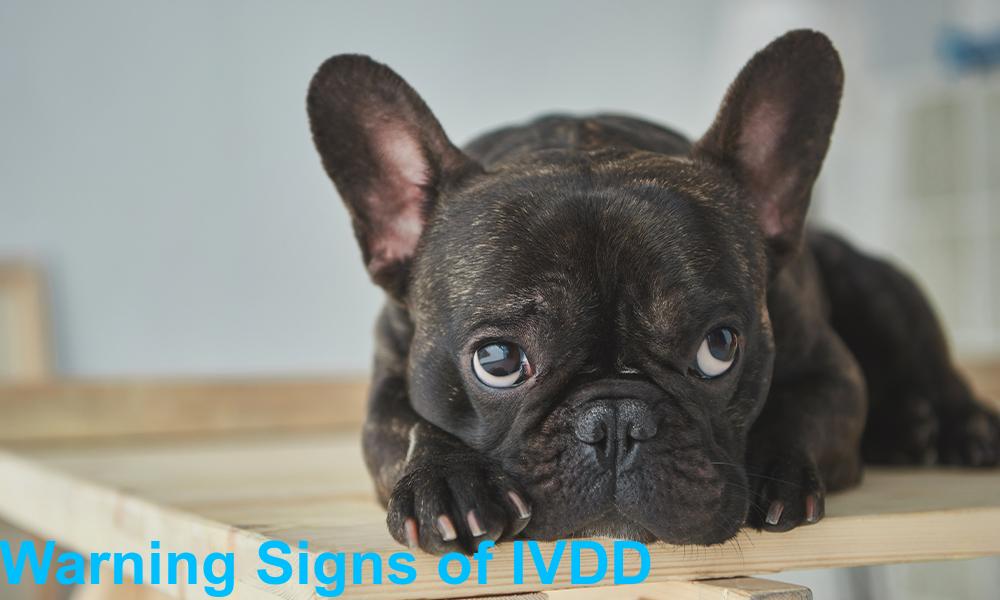If You Own A Dog, Read This
It’s crucial to understand intervertebral disc disease if you own a dog (IVDD). Many dog owners discover heir dog is susceptible to or impacted by IVDD when it’s too late. Do not confuse IVDD with Degenerative Myelopathy (DM), another incapacitating back condition.
What Is IVDD?
The breakdown (degeneration) of one or more of the discs that separate the vertebrae in the spine is known as intervertebral disc disease. This ailment commonly results in back or neck discomfort, as well as occasionally pain in the legs and arms.
Knowing the Early Signs of IVDD Can Prevent the Disease From Worsening
IVDD surgery can cost up to $7,000, and it might be necessary to have numerous operations. In order to ensure your dog receives the best preventative care possible, let’s examine three early indicators of IVDD. Consult a vet as soon as you can if you think your dog may be exhibiting any of the following symptoms or signs:
#1. SENSITIVITY TO BEING TOUCHED
When you touch your dog, he may cry out or yelp in response, and perhaps even act aggressively towards you. In some cases, you may even notice your dog avoiding you to prevent you from picking him up or patting him.
#2. UNUSUALLY WITHDRAWN AND QUIET
When your dog is in pain, he may spend a lot of time sleeping or laying down in a place that’s not a part of his normal routine. You might also notice your dog hiding or sitting in an isolated corner.
#3. A HUNCHED BACK
A dog who has disc problems often has a hunch in his back. This hunch might be severe or it can be more subtly noticeable, looking like one or two vertebrae are slightly protruding from the spine. A stiff belly and/or a slower, shuffling gait could also be present in your dog.
Help Ease the Strain on Your Dog’s Spinal Cord
- Low-impact activity and play: Steer clear of activities that put strain on your dog’s back, such as jumping, wrestling, running, etc.
- Refrain from letting your dog jump up and down on furniture. This could put stress on their spinal cord, which over time might result in back issues. IVDD symptoms can also be brought on by, or made worse by, falling off furniture after jumping. To make it simple to get into the couch or bed, use a ramp instead.
Being Aware of IVDD Is the First Step
Now that you are aware of some of the early indicators of IVDD, you may perhaps recognise the condition early and seek treatment to prevent it from getting worse and necessitating surgery. The first step to ensuring your pet dog lives a long and healthy life is becoming aware of IVDD.

